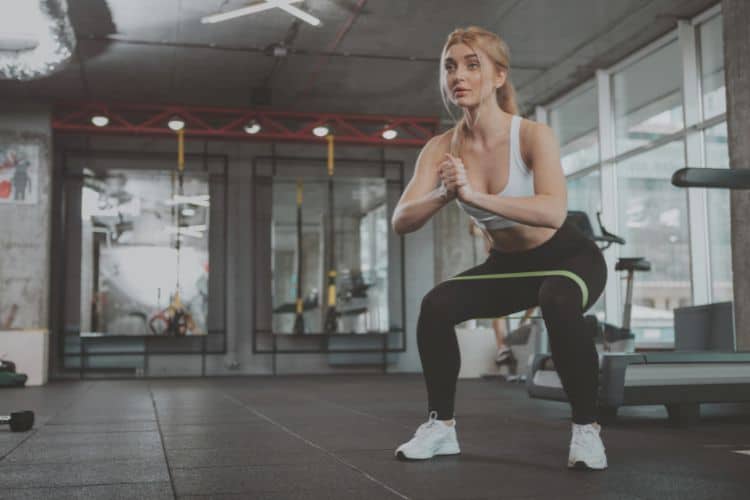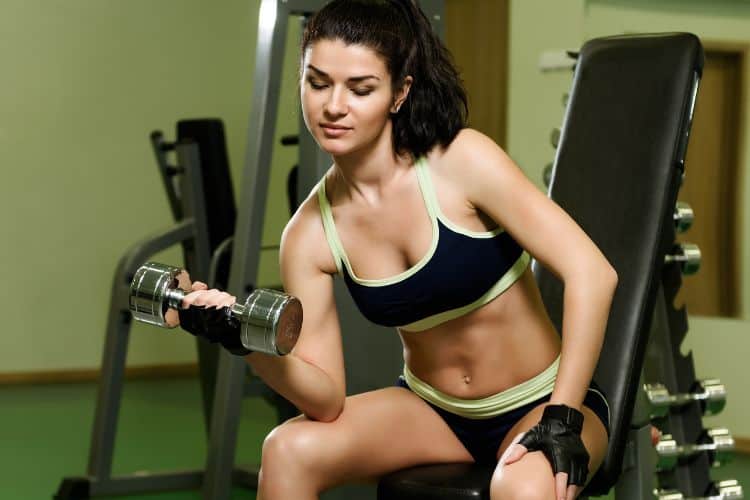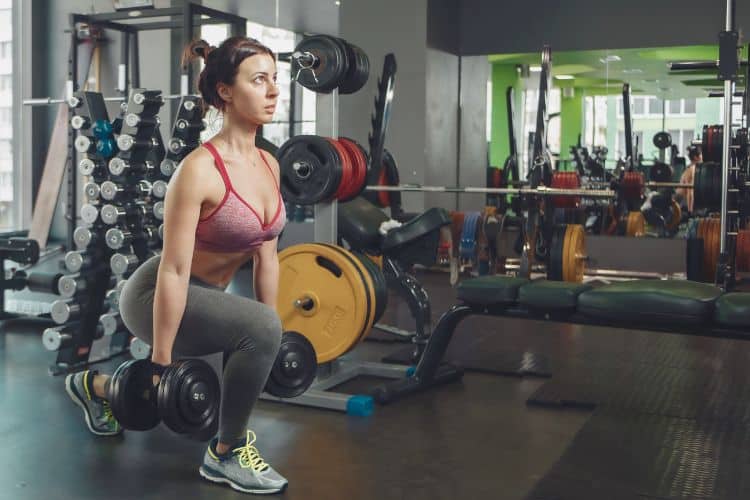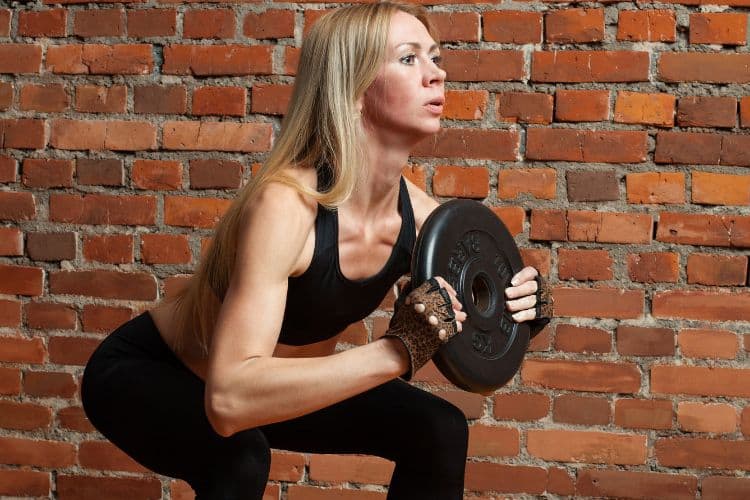Sign up for workout ideas, training advice, reviews of the latest gear and more.






Physical activity plays a crucial role in shaping our overall health, mental well-being, and quality of life. For women, embracing a regular physical activity regimen can serve as a foundation for a healthier lifestyle, both physically and mentally. In this article, we delve deep into the significance of physical activities for women, its benefits, and how to integrate them seamlessly into daily life.
Bone Health: Women, especially those over 50, are at a higher risk of osteoporosis. Weight-bearing exercises like walking, jogging, and strength training help in maintaining bone density, reducing the risk of fractures.
Hormonal Balance: Physical activity can help in regulating hormones, especially those related to the menstrual cycle, reducing symptoms of PMS and the intensity of menopause symptoms.
Mental Well-being: Physical activities release endorphins, the body’s natural mood elevators. This can be incredibly beneficial in managing stress, anxiety, and depression.
Chronic Disease Prevention: Regular physical activity reduces the risk of various diseases like heart disease, diabetes, and certain cancers, which women are often susceptible to.
Weight Management: Combined with a healthy diet, physical activity aids in maintaining a healthy weight. This is essential in preventing a host of obesity-related health issues.
When we think of physical activities, our minds often drift to the gym. However, the spectrum is vast. Here’s a look at diverse activities tailored for every preference:
Aerobic Exercises: This includes activities like brisk walking, jogging, swimming, or dancing. They are excellent for cardiovascular health.
Strength Training: Activities like weight lifting, resistance band exercises, or body-weight exercises (e.g., push-ups, squats) help in building muscle strength.
Flexibility and Balance: Yoga, Pilates, and tai chi are fantastic for enhancing flexibility, balance, and core strength.
Recreational Activities: Think outside the box. Gardening, hiking, or playing a sport can be both fun and physically stimulating.
For many women, juggling work, family, and personal commitments can make it challenging to set aside time for exercise. Here are some suggestions to seamlessly integrate physical activities into daily routines:
Micro-moments: Utilize short breaks during the day. A 5-minute stretch or a quick walk around the block can make a difference.
Home Workouts: There are countless online tutorials and apps offering a range of workouts suitable for home settings.
Social Activities: Make physical activity a social event. Join a dance class with a friend or go on weekend hikes with family.
Active Commuting: Consider walking or cycling to work or taking the stairs instead of the elevator.
Routine Activities: Turn everyday tasks into physical activities. For instance, vigorous cleaning or playing with kids can be both enjoyable and physically engaging.
While physical activity is essential, it’s equally crucial to listen to one’s body. Everyone’s fitness journey is unique. It’s okay to start slow and gradually increase the intensity. Remember to consult a physician before starting a new exercise regimen, especially if there are underlying health issues.
Physical activity offers more than just physical benefits; it’s also an avenue for empowerment. For women, this means asserting control over one’s body, challenging societal norms, and breaking the chains of self-limiting beliefs.
Body Positivity: In a world inundated with unrealistic beauty standards, engaging in physical activities can help women appreciate their bodies for what they can achieve rather than just aesthetics. This shift in perspective fosters a more profound sense of self-worth and acceptance.
Building Resilience: Pushing oneself in workouts, achieving milestones, and overcoming obstacles instills resilience. This mental strength, honed during physical activities, can be translated to other aspects of life, from professional challenges to personal battles.
Community Building: Group activities, be it a dance class, a jogging group, or a women’s sports league, provide an opportunity to connect with like-minded individuals. This sense of community acts as a support system, offering encouragement, sharing experiences, and celebrating achievements together.
While the benefits of physical activity are evident, women often encounter specific challenges that can hinder their journey. Addressing these can pave the way for a more inclusive and effective approach to fitness.
Time Constraints: Women, especially those balancing work, family, and household duties, might struggle to find dedicated exercise time. Solution? Incorporate ‘movement snippets’ throughout the day. This could mean doing calf raises while brushing teeth, lunges during TV commercials, or squats while waiting for the coffee to brew.
Safety Concerns: Safety, especially during early morning or late evening workouts, can be a concern. Opting for well-lit areas, joining group classes, or using apps that track and share your location with trusted individuals can mitigate these concerns.
Cultural and Social Barriers: In some cultures, women may face societal pressure against participating in certain physical activities. Breaking such stereotypes requires community support, awareness campaigns, and initiatives that highlight the importance of women’s health.
One cannot discuss physical activity without touching upon nutrition, as the two are deeply intertwined. Proper nutrition ensures women have the energy, endurance, and recovery capacity essential for their physical endeavors.
Balanced Diet: Ensure a mix of protein, healthy fats, and complex carbohydrates. This provides sustained energy during workouts and aids in muscle recovery and growth.
Hydration: Water plays a pivotal role in muscle function and recovery. It’s essential to stay hydrated before, during, and after.
Supplementation: Depending on individual needs, some women might benefit from supplements like protein powders, vitamins, or electrolyte solutions. Always consult with a nutritionist or a doctor before starting any supplementation.
Lastly, while being physically active, it’s essential to remain mindful. Whether it’s the rhythmic breathing during a jog or the focused attention during a yoga pose, integrating mindfulness can amplify the mental benefits of physical activity.
Focused Attention: Instead of merely going through the motions, concentrate on each movement, the muscle groups being engaged, and the sensations experienced.
Breathing: Conscious, deep breathing can elevate any physical activity. It enhances oxygen intake, aids in stamina, and instills a sense of calm.
Gratitude: At the end of each physical session, take a moment to express gratitude. Be it towards your body for its capabilities or to the environment around you.
Physical activity for women transcends beyond the conventional benefits. It’s a pathway to empowerment, resilience, community, and overall well-being. By addressing challenges, ensuring proper nutrition, and embracing mindfulness, women can fully harness the myriad benefits that physical activities offer. Embrace movement, not just as a chore or a means to an end, but as a celebration of what the body, mind, and spirit can achieve together.
Stay up to date on the latest women’s health, fitness and lifestyle trends and tips.